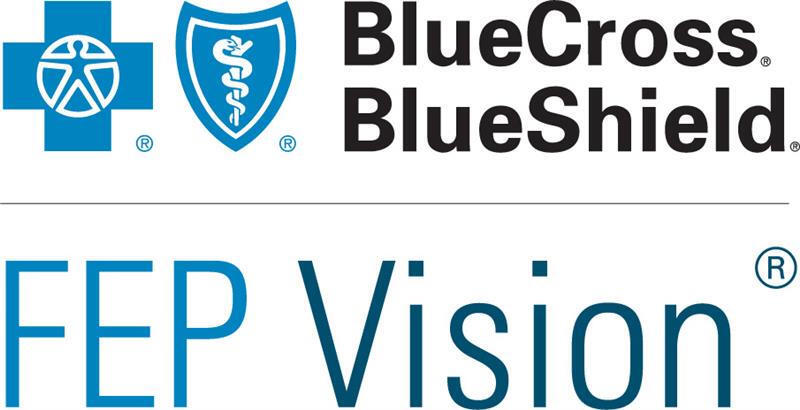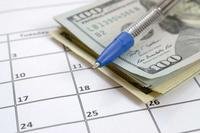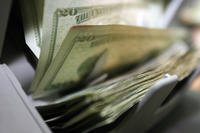Your furnace breaks. It will cost thousands to get it working again. What do you do? If you don’t have an answer, it may be time to start building your emergency fund. Unfortunately, many of life’s setbacks can’t be predicted, and not having funds set aside can leave you with high credit card debt—or in even worse financial straits. Follow these steps to get started toward this important savings goal:
1. Make it a priority.
We all know that saving money for the unexpected is a good idea, but it’s easy to delay in favor of more pressing concerns. Take a moment to think about what would happen if you were to suffer a major setback, such as losing your job. Without an emergency fund to cover expenses, what might you lose? Your car? Your house? An emergency fund isn’t a luxury—it’s an important part of protecting the things that matter most to you.
2. Figure out how much to save.
If your first instinct is to save an enormous sum that will cover all expenses for many months, take a step back. While financial experts recommend having between three and six months of living expenses in an emergency fund, this number might not be realistic if you’re just beginning to save. It’s often a good idea to start with a smaller goal—such as $500 or $1,000. Then, as you get into the habit of saving, you can slowly start to raise your future goals until you reach the three- to six-month threshold.
3. Decide where to save the funds.
An emergency fund should be liquid enough that you can access the funds when you need them. But the funds should be separate from the accounts you use for paying bills or making purchases. Using just one account makes it far too easy to “borrow” from your savings for non-essential items. Instead, place your emergency funds into an interest-bearing account that is specifically designated for this purpose. Good options include a savings account or a money market account. Either can be easily accessed without penalties and allow your money to grow.
4. Find money to save.
Building an emergency fund means you’ll need to trim spending elsewhere. Quick fixes like adjusting your thermostat a few degrees, planning home-cooked meals and cancelling unused subscriptions can help free up money for savings. Or think bigger, like refinancing your home or car. And keep in mind that one of the most painless ways to save is to use unexpected “found” money—like birthday or holiday gifts, tax refunds or a bonus. Since this money isn’t part of your typical spending, it’s easy to use it for saving without missing it.
5. Make saving automatic.
Once you open your emergency account and figure out your goal, use convenience features to make saving automatic. Treat your emergency fund like any other monthly recurring bill and have funds automatically transferred into your savings account each month. You’ll be less likely to miss the money when it disappears from your checking account automatically. And, you can sleep easy knowing you have a safety net should unforeseen expenses occur.
Navy Federal Credit Union is the world’s largest credit union, including 257 branches worldwide. With membership open to all Department of Defense and Coast Guard active duty, civilian and contractor personnel and their families, Navy Federal has remained committed to the goal of being the most preferred and trusted financial institution serving the military and their families since its founding in 1933. For more information about Navy Federal, or to become a member, visit navyfederal.org.












